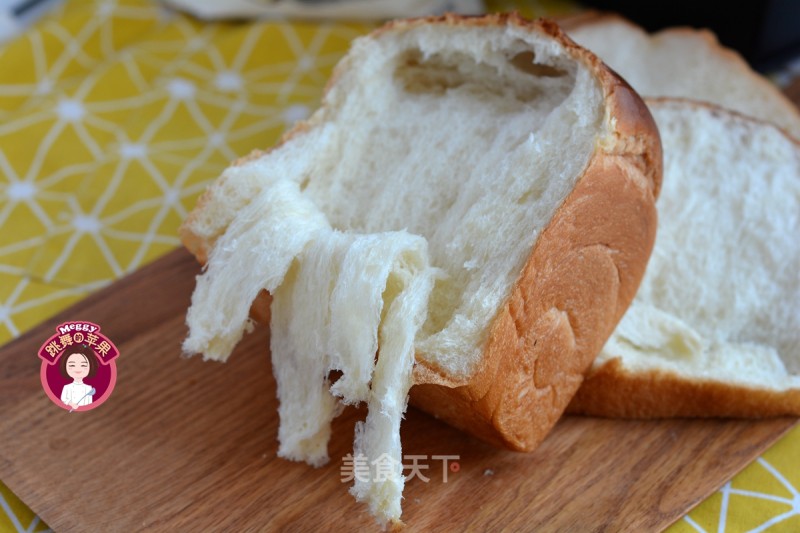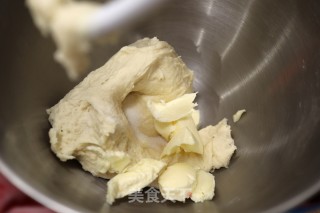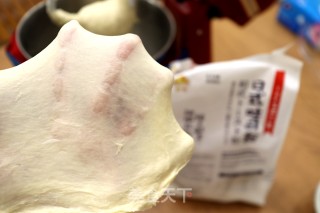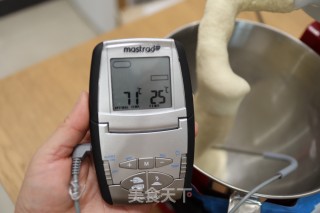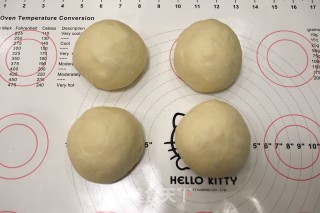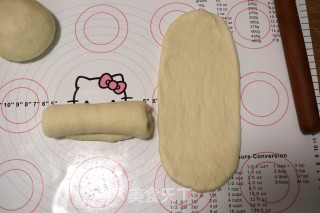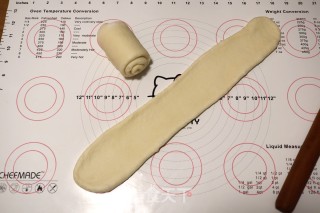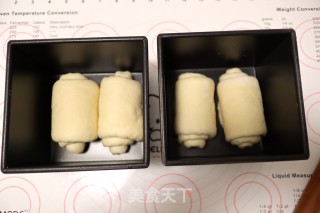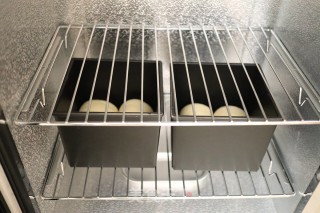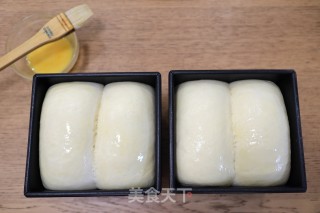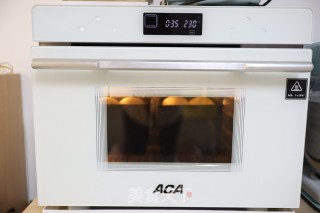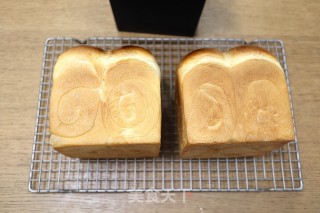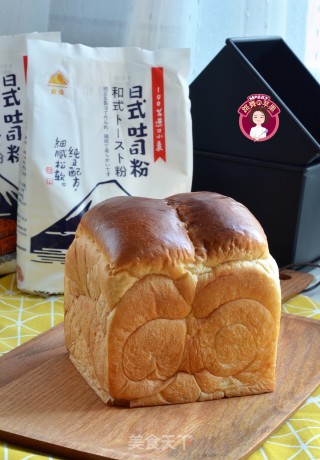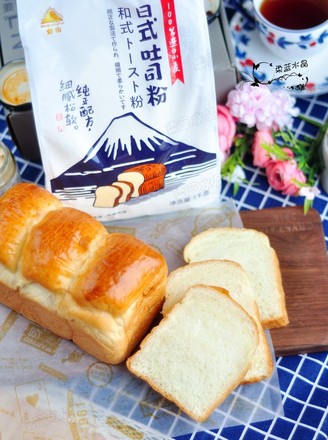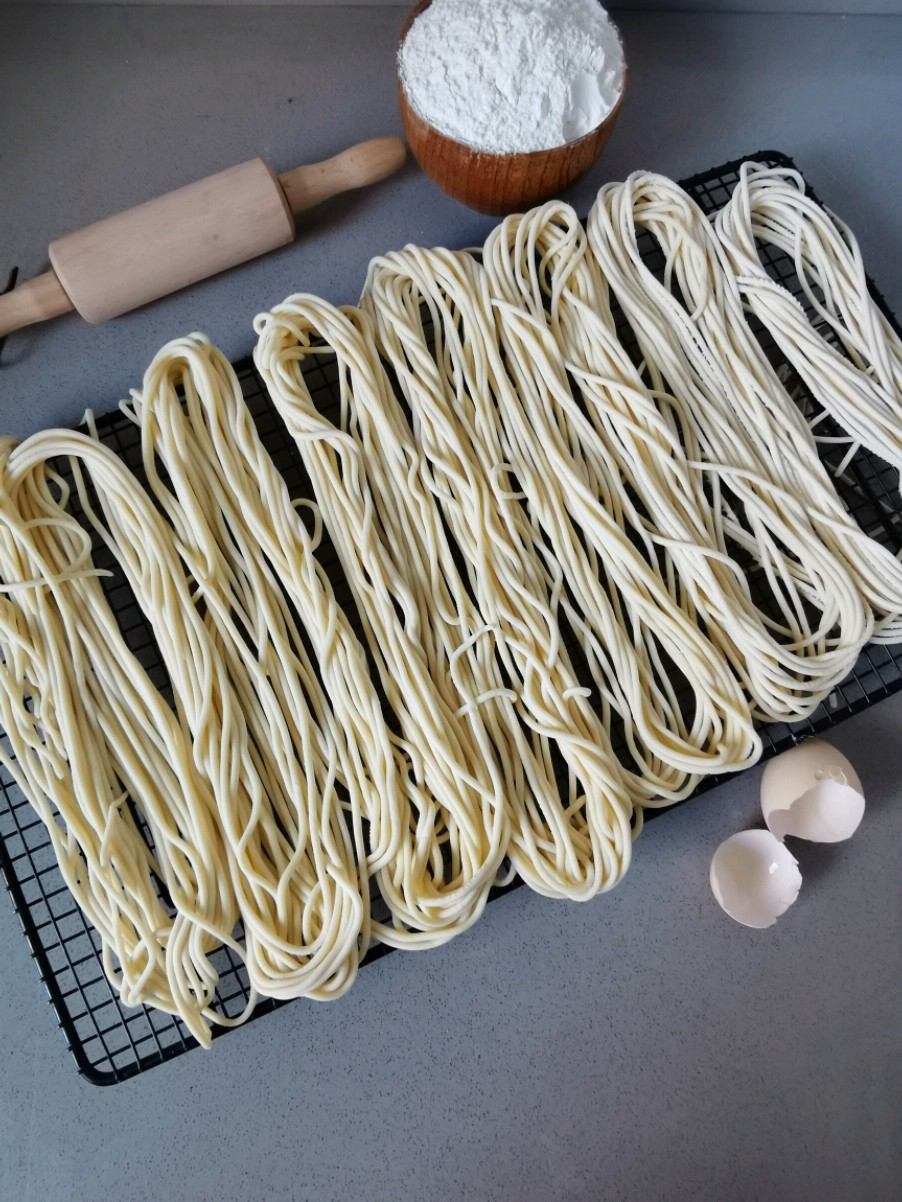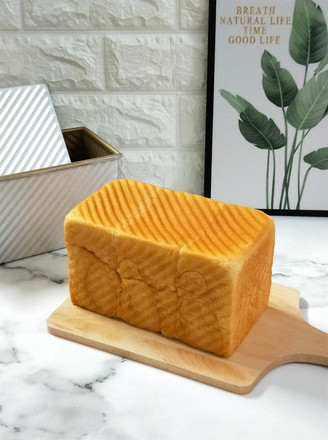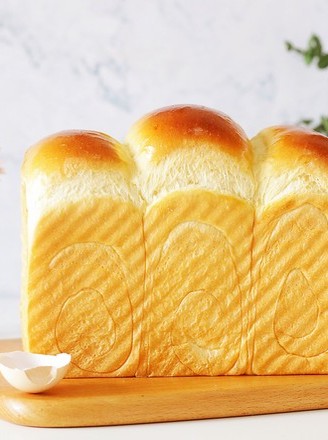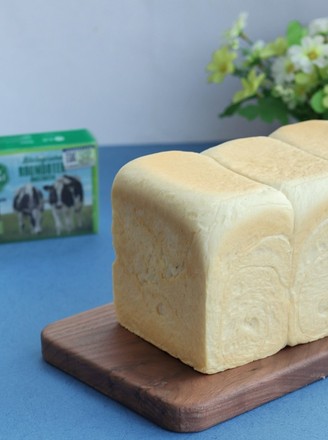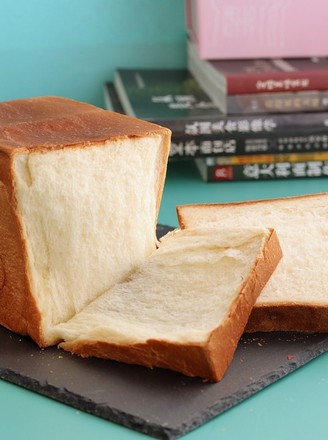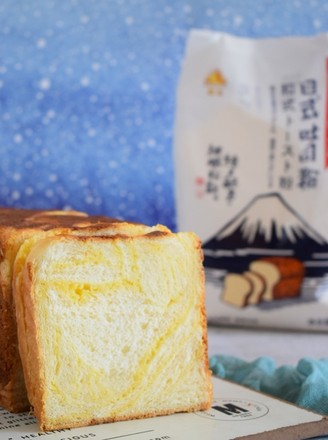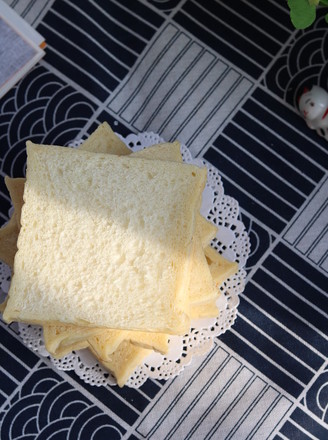Original Brushed Toast
by meggy dancing apple
Favorite
Difficulty
Normal
Time
2h
Serving
2
The most difficult part of bread is toast. Whether the kneading is in place and the fermentation is in place are the keys to success. The temperature of the kneaded dough should be controlled below 26 degrees, and the fermentation should be avoided to prevent insufficient fermentation and prevent overspreading. These two points are not mentioned here. In the following production process, you can understand while looking at the pictures. You can practice more. Trained to an expert level.
If today’s toast is calculated by 100 points, I can only give it a score of 90. Because the room temperature is 28 degrees, I temporarily decided to make toast for breakfast the next day. All the ingredients are at a room temperature of 28 degrees. The only good thing is that I have frozen two ice packs in the refrigerator for a long time to enclose the kneading tank, so this makes me feel more or less not that foolish.
Flour is my new Jinshan Japanese toast flour. I know that Japanese toast is super soft and delicate, which has something to do with their flour quality.
As a baking enthusiast, you have to try it whenever a new product appears on the market. Some people say, just use one product, so you don't have to fail. In fact, the more the product is used, the more objectively the advantages and disadvantages of each product can be compared. The quality of flour can be known by twisting my fingers. This is actually the height I want to achieve, but without a few tons or even dozens of tons of flour practice, I am afraid it is difficult to achieve such a superb level.
Give it a try, the powder is fine, the film is fast, the finished product is beautiful in color, elastic, can be drawn, it is chewy, and the aroma of wheat is strong; the water absorption rate is ordinary, the water volume is between 60-65%, so it is When kneading the noodles, do not add water at once, adjust it according to the state. "
If today’s toast is calculated by 100 points, I can only give it a score of 90. Because the room temperature is 28 degrees, I temporarily decided to make toast for breakfast the next day. All the ingredients are at a room temperature of 28 degrees. The only good thing is that I have frozen two ice packs in the refrigerator for a long time to enclose the kneading tank, so this makes me feel more or less not that foolish.
Flour is my new Jinshan Japanese toast flour. I know that Japanese toast is super soft and delicate, which has something to do with their flour quality.
As a baking enthusiast, you have to try it whenever a new product appears on the market. Some people say, just use one product, so you don't have to fail. In fact, the more the product is used, the more objectively the advantages and disadvantages of each product can be compared. The quality of flour can be known by twisting my fingers. This is actually the height I want to achieve, but without a few tons or even dozens of tons of flour practice, I am afraid it is difficult to achieve such a superb level.
Give it a try, the powder is fine, the film is fast, the finished product is beautiful in color, elastic, can be drawn, it is chewy, and the aroma of wheat is strong; the water absorption rate is ordinary, the water volume is between 60-65%, so it is When kneading the noodles, do not add water at once, adjust it according to the state. "

